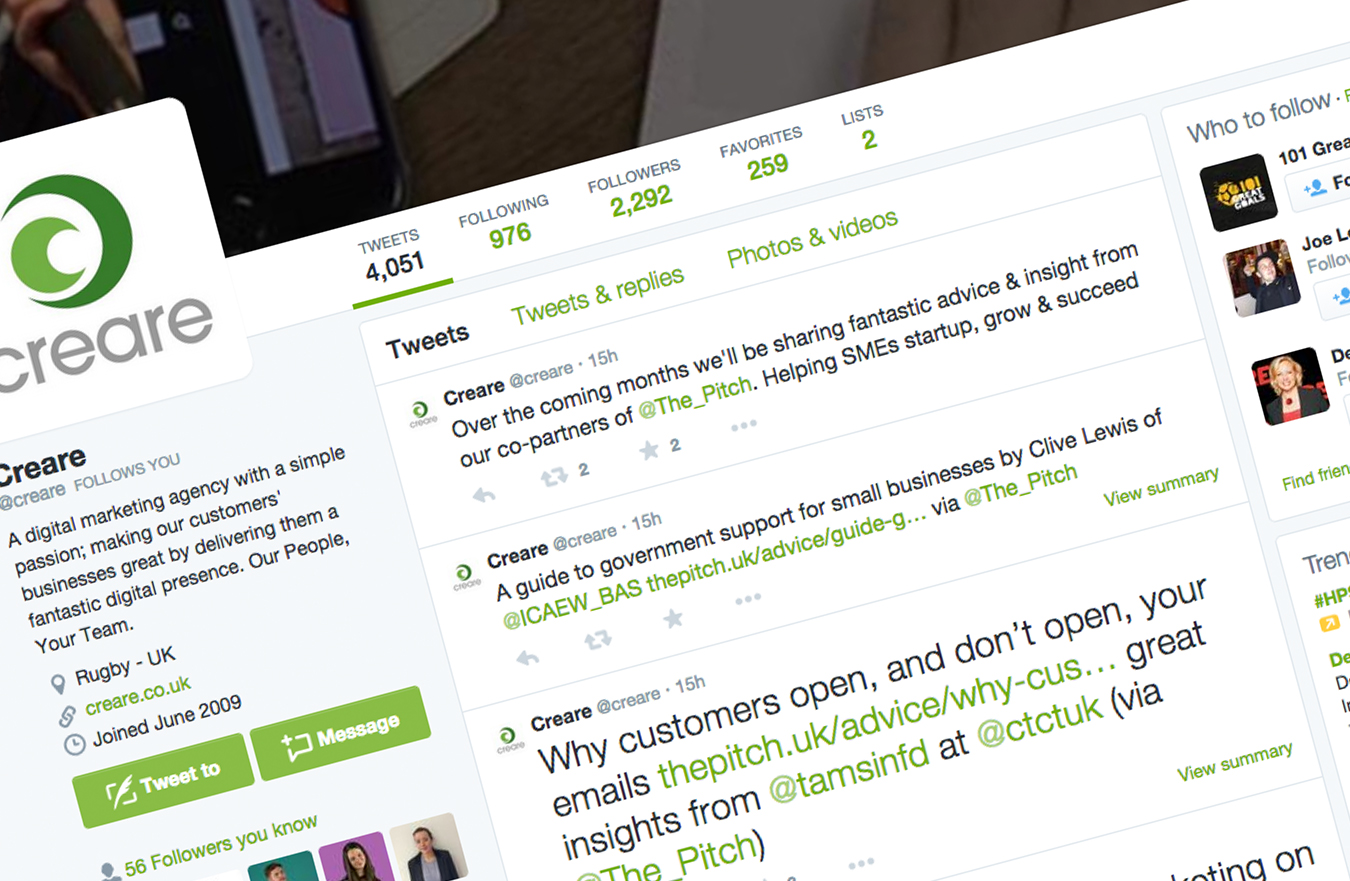Let’s assume you’re thinking about a branding exercise; you’re ready to think about brand behaviours, what the brand believes in, a look and feel, your tone of voice and what makes your brand different. Then you think, why bother? Here are 5 top reasons why branding is important (spoiler alert: #5 is killer):
1. It drives your people
If you have a set of behaviours and beliefs you have a system by which your people can deliver the brand experience you want.
- Is fastidious attention to detail essential in your architects practice to maintain that 100% project accuracy score? No one likes making errors, but we go the extra mile.
- Brave, pioneering thinking at your agency the norm, while just doing the job isn’t what’s expected? Your people need to know.
Just as the examples above outline what people need to do when they are in role, a clear brand strategy sets the expectations of the type of people the company need. Recruitment gets easier when you know the brand experience you need to deliver.
2. It’s the message
Brands have a story. They have a background, a way of doing things and things they do different that sets them apart.
That story and those benefits work within your brand plan and should make their way into your messaging, headlines and About Us pages. Done right your brand plan is a ready to go messaging plan that you can use in your marketing and promotion.
People want to know about the brands they work with, buy or use. Just as buying an Apple product means something to people, the choice of that mega accurate architect or the ideas rich web agency says a lot about the choices you make to your boss.
3. It makes marketing plans easier
There are lots and lots of things you could be doing to promote your business beyond the must have web site. Planning activity be comes far easier when you have a set of brand behaviours and goals to work with.
A brand that believes in supporting entrepreneurial spirit and British business finds it easier to narrow down sponsorship opportunities. A ‘Best new start up’ competition VS. a programme sponsorship at Ascot becomes a no brainer.
4. It makes briefing new work better
That logo refresh, new website or brochure design all become far easier if your tone, look and brand personality have been nailed. Font selection, colours and photographic styles can vary greatly to create very different impressions.An uber cool, contemporary or traditional business would all look very different. A safe and dependable business will choose a look that’s very different from a maverick or cutting edge firm.
These are all descriptors that help tell a designer which direction to take, and invariably they will work in combination with other personality traits. Think of them working like navigating dials, that set direction and can be switched up or down. It’s amazing how many businesses or organisations undertake work without a clear brand direction in mind. Nailing it really helps.
5. It drives habit
If your business consistently delivers its brand plan across the multitude of ways it touches customers, it will be remembered. Then it can be talked about. You get referred.Keep delivering your brand promises and people come back for more. They keep remembering you. They know what to expect and it’s one less thing to worry about, so you become an automatic choice.





















